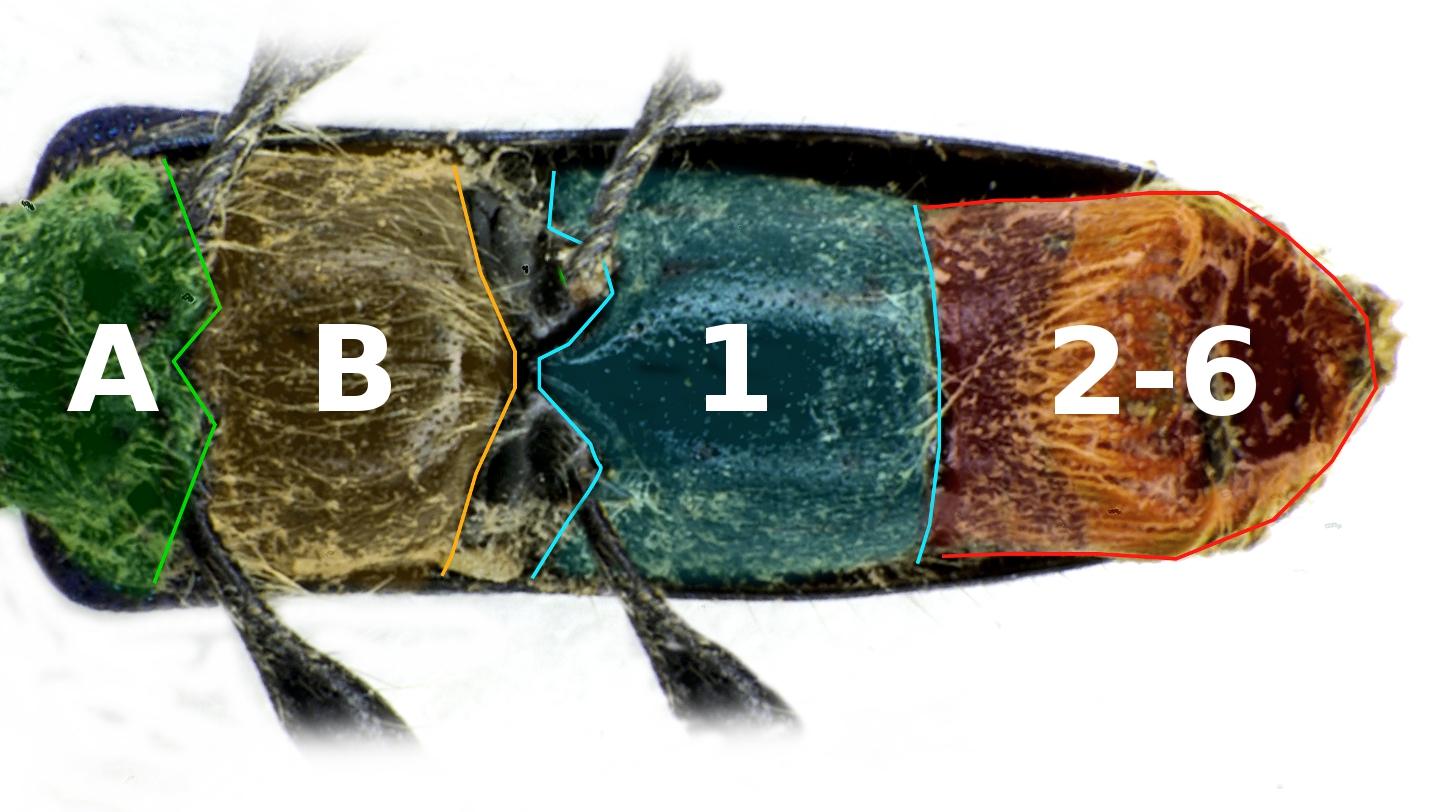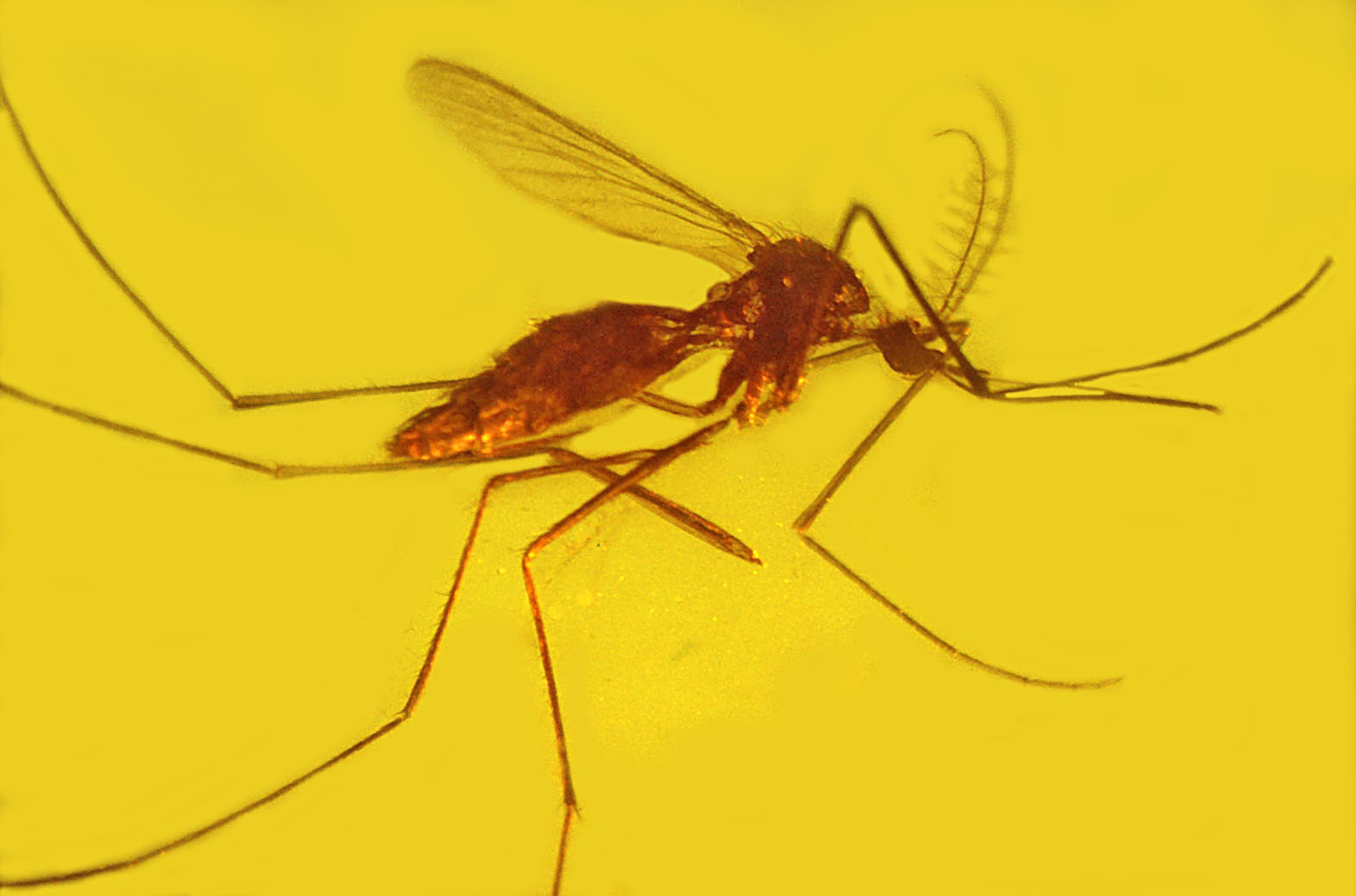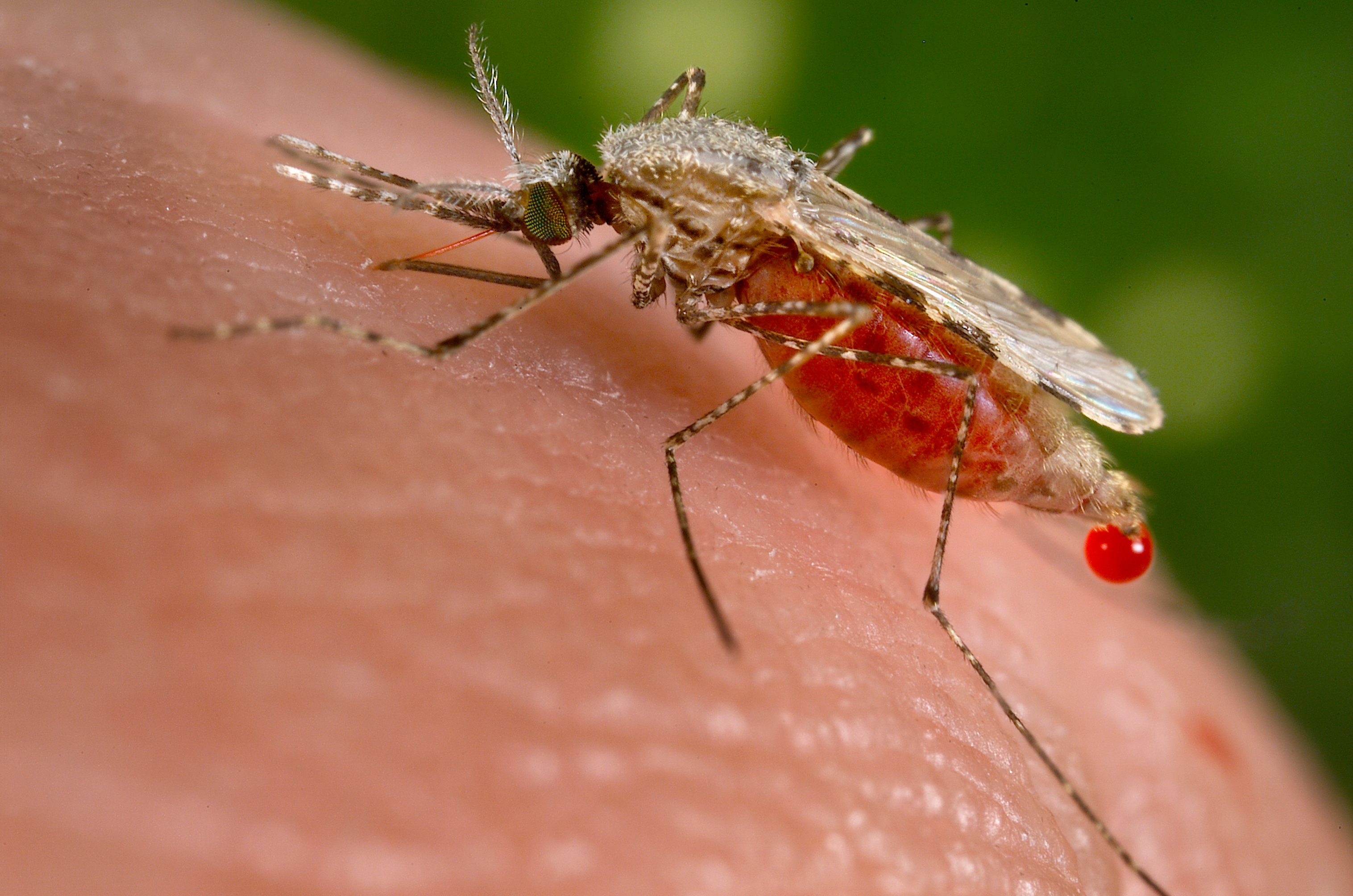|
Culiseta Arenivaga
''Culiseta arenivaga'' is a species of mosquito in the family Culicidae found on Fraser Island, Queensland, Australia, in the Australasian biogeographic realm."Culicidae » Culicinae » Culisetini » Culiseta » Subgenus Uncertain 1 » arenivaga Marks" in the ''Systematic Catalog of Culicidae'', Walter Reed Biosystematics Unit, http://mosquitocatalog.org/taxon_descr.aspx?ID=15448, retrieved 15 Apr 2018."''Culiseta arenivaga'' Marks, 1968" in The Catalogue of Life Partnership (2018). ''Catalogue of Life''. Checklist Dataset https://doi.org/10.15468/rffz4x accessed via GBIF.org on 2018-04-15. The holotype and paratype specimens were collected in 1967 by Dr. Elizabeth N. Marks who described the new species the following year. Description The head is generally light brown, darker behind the eyes, with narrow curved pale golden scales mesially, and flat pale scales laterally. The antennae are reddish brown at the base and dark distally. The palps and proboscis have black scales ... [...More Info...] [...Related Items...] OR: [Wikipedia] [Google] [Baidu] |
Elizabeth Nesta Marks
Elizabeth Nesta "Pat" Marks (28 April 1918 – 25 October 2002) was an Australian entomologist who described 38 new mosquito species, as well as new species of fruit flies, bugs, cockroaches and ticks. She had a PhD in insect physiology from the University of Cambridge and was a member of the Royal Entomological Society of London. Early life Marks was born in Dublin, Ireland, in 1918, and was known by the name Pat or Patricia for the Cathedral she was christened in ( St Patrick's Cathedral). Her father, Ted (Edward Oswald) Marks, born in Brisbane in 1882, was a geologist and inventor (later an ophthalmologist) from a family of doctors. Ted Marks, travelled to Ireland twice to undertake his studies because of the absence of a university in Queensland. He left for Ireland in 1913 to conduct his medical studies and married Nesta Drury, also of Brisbane, in 1914. Their daughter Pat was born following his service in WW1 An only child, Pat Marks and her family returned to Australia in ... [...More Info...] [...Related Items...] OR: [Wikipedia] [Google] [Baidu] |
Sternum (arthropod Anatomy)
The sternum (pl. "sterna") is the ventral portion of a segment of an arthropod thorax or abdomen. In insects, the sterna are usually single, large sclerites, and external. However, they can sometimes be divided in two or more, in which case the subunits are called sternites, and may also be modified on the terminal abdominal segments so as to form part of the functional genitalia, in which case they are frequently reduced in size and development, and may become internalized and/or membranous. For a detailed explanation of the terminology, see Kinorhynchs have tergal and sternal plates too, though seemingly not homologous with those of arthropods.Sørensen, M. V. et al. Phylogeny of Kinorhyncha based on morphology and two molecular loci. PLoS One 10, 1–33 (2015). Ventrites are externally visible sternites. Usually the first sternite is covered up, so that vertrite numbers do not correspond to sternid numbers. The term is also used in other arthropod groups such as crustacea ... [...More Info...] [...Related Items...] OR: [Wikipedia] [Google] [Baidu] |
Culicinae
The Culicinae are the most extensive subfamily of mosquitoes (Culicidae) and have species in every continent except Antarctica, but are highly concentrated in tropical areas. Mosquitoes are best known as parasites to many vertebrate animals and vectors for disease. They are holometabolous insects, and most species lay their eggs in stagnant water, to benefit their aquatic larval stage. Introduction The subfamily Culicinae is the largest subfamily of Culicidae, a family of Nematocera dipterans. There are 3,046 species of Culicinae mosquitoes, in 108 genera and 11 tribes. Members of the Culicinae subfamily are small flies with fore wings for flight and hind wings reduced to halteres for balance. The mosquitoes also have long, slender, legs and proboscis-style mouth parts for feeding on vertebrate blood or plant fluids. Only the females are blood feeders, requiring a high quality protein meal before they can oviposit. Because the mosquitoes are well adapted for finding hosts, ... [...More Info...] [...Related Items...] OR: [Wikipedia] [Google] [Baidu] |
Latin
Latin (, or , ) is a classical language belonging to the Italic branch of the Indo-European languages. Latin was originally a dialect spoken in the lower Tiber area (then known as Latium) around present-day Rome, but through the power of the Roman Republic it became the dominant language in the Italian region and subsequently throughout the Roman Empire. Even after the fall of Western Rome, Latin remained the common language of international communication, science, scholarship and academia in Europe until well into the 18th century, when other regional vernaculars (including its own descendants, the Romance languages) supplanted it in common academic and political usage, and it eventually became a dead language in the modern linguistic definition. Latin is a highly inflected language, with three distinct genders (masculine, feminine, and neuter), six or seven noun cases (nominative, accusative, genitive, dative, ablative, and vocative), five declensions, four ... [...More Info...] [...Related Items...] OR: [Wikipedia] [Google] [Baidu] |
Hematophagy
Hematophagy (sometimes spelled haematophagy or hematophagia) is the practice by certain animals of feeding on blood (from the Greek words αἷμα ' "blood" and φαγεῖν ' "to eat"). Since blood is a fluid tissue rich in nutritious proteins and lipids that can be taken without great effort, hematophagy is a preferred form of feeding for many small animals, such as worms and arthropods. Some intestinal nematodes, such as Ancylostomatids, feed on blood extracted from the capillaries of the gut, and about 75 percent of all species of leeches (e.g., ''Hirudo medicinalis'') are hematophagous. The spider Evarcha culicivora feeds indirectly on vertebrate blood by specializing on blood-filled female mosquitoes as their preferred prey. Some fish, such as lampreys and candirus, and mammals, especially the vampire bats, and birds, such as the vampire finches, hood mockingbirds, the Tristan thrush, and oxpeckers also practise hematophagy. Mechanism and evolution These hematophag ... [...More Info...] [...Related Items...] OR: [Wikipedia] [Google] [Baidu] |
Backhousia Myrtifolia
''Backhousia myrtifolia'' (commonly referred to as ''carrol, neverbreak, iron wood, grey myrtle'' or ''cinnamon myrtle'') is a small rainforest tree species which grows in subtropical rainforests of Eastern Australia. First discovered and subsequently used by the indigenous communities of Australia, this plant produces oils that have a cinnamon-like aroma, and display both anti-bacterial and anti-fungal properties. Therefore, it has potential applications as not only a spice in food preparation, but also in the medical field as a treatment option for microbial infection. ''Backhousia myrtifolia'' can grow up to 30 metres. The leaves are ovate or elliptic, 4–7 cm long, and the flowers star-shaped in appearance. ''Backhousia Myrtifolia'' is renowned for the snow-white colour of its flowers, a characteristic that makes it suitable not only as a domestic/commercial crop but also as an internationally exported product.Firrel, C. (2006). To intervene or Not to intervene? ... [...More Info...] [...Related Items...] OR: [Wikipedia] [Google] [Baidu] |
Hoop Pine
''Araucaria cunninghamii'' is a species of ''Araucaria'' known as hoop pine. Other less commonly used names include colonial pine, Queensland pine, Dorrigo pine, Moreton Bay pine and Richmond River pine. The scientific name honours the botanist Botany, also called , plant biology or phytology, is the science of plant life and a branch of biology. A botanist, plant scientist or phytologist is a scientist who specialises in this field. The term "botany" comes from the Ancient Greek wo ... and explorer Allan Cunningham (botanist), Allan Cunningham, who collected the first specimens in the 1820s. Habitat The species is found in the dry rainforests of New South Wales and Queensland and in New Guinea. The trees can live up to 450 years and grow to a height of 60 metres. The bark is rough, splits naturally, and peels easily. Description The leaf, leaves on young trees are awl-shaped, 1–2 cm long, about 2 mm thick at the base, and scale-like, incurved, 1–2 cm l ... [...More Info...] [...Related Items...] OR: [Wikipedia] [Google] [Baidu] |
Female
Female (symbol: ♀) is the sex of an organism that produces the large non-motile ova (egg cells), the type of gamete (sex cell) that fuses with the male gamete during sexual reproduction. A female has larger gametes than a male. Females and males are results of the anisogamous reproduction system, wherein gametes are of different sizes, unlike isogamy where they are the same size. The exact mechanism of female gamete evolution remains unknown. In species that have males and females, sex-determination may be based on either sex chromosomes, or environmental conditions. Most female mammals, including female humans, have two X chromosomes. Female characteristics vary between different species with some species having pronounced secondary female sex characteristics, such as the presence of pronounced mammary glands in mammals. In humans, the word ''female'' can also be used to refer to gender in the social sense of gender role or gender identity. Etymology and usage ... [...More Info...] [...Related Items...] OR: [Wikipedia] [Google] [Baidu] |
Type Specimen
In biology, a type is a particular specimen (or in some cases a group of specimens) of an organism to which the scientific name of that organism is formally attached. In other words, a type is an example that serves to anchor or centralizes the defining features of that particular taxon. In older usage (pre-1900 in botany), a type was a taxon rather than a specimen. A taxon is a scientifically named grouping of organisms with other like organisms, a set that includes some organisms and excludes others, based on a detailed published description (for example a species description) and on the provision of type material, which is usually available to scientists for examination in a major museum research collection, or similar institution. Type specimen According to a precise set of rules laid down in the International Code of Zoological Nomenclature (ICZN) and the International Code of Nomenclature for algae, fungi, and plants (ICN), the scientific name of every taxon is almost ... [...More Info...] [...Related Items...] OR: [Wikipedia] [Google] [Baidu] |
Labellum (insect Anatomy)
In entomology, the term labellum has been applied variously and in partly contradictory ways. One usage is in referring to a elongation of the labrum that covers the base of the rostrum in certain Coleoptera and Hemiptera. In contrast, the most common current use of the term is in the anatomy of the mouthparts of Diptera, particularly those in which the labium forms the bulk of the proboscis, such as in the housefly family. Typically, the labium is expanded distally into a pair of fleshy labella. In the early twentieth century it was argued that the labella are the modified labial palps, and that point of view still is seen as having merit.Crampton, G. C.; The sclerites of the head and the mouthparts of certain immature and adult insects. Ann. Ent. Soc. Am. 14, pp. 65-103. In flies such as the mosquitoes, that have long antenna Antenna ( antennas or antennae) may refer to: Science and engineering * Antenna (radio), also known as an aerial, a transducer designed to transm ... [...More Info...] [...Related Items...] OR: [Wikipedia] [Google] [Baidu] |
Antenna (biology)
Antennae ( antenna), sometimes referred to as "feelers", are paired appendages used for Sensory system, sensing in arthropods. Antennae are connected to the first one or two Segmentation (biology), segments of the arthropod head. They vary widely in form but are always made of one or more jointed segments. While they are typically sensory organs, the exact nature of what they sense and how they sense it is not the same in all groups. Functions may variously include sensing tactition, touch, air motion, heat, vibration (sound), and especially insect olfaction, smell or gustation, taste. Antennae are sometimes modified for other purposes, such as mating, brooding, swimming, and even anchoring the arthropod to a substrate (biology), substrate. Larval arthropods have antennae that differ from those of the adult. Many crustaceans, for example, have free-swimming larvae that use their antennae for swimming. Antennae can also locate other group members if the insect lives in a group, lik ... [...More Info...] [...Related Items...] OR: [Wikipedia] [Google] [Baidu] |
Halteres
''Halteres'' (; singular ''halter'' or ''haltere'') (from grc, ἁλτῆρες, weights held in the hands to give an impetus in leaping) are a pair of small club-shaped organs on the body of two orders of flying insects that provide information about body rotations during flight. Insects of the large order Diptera (flies) have halteres which evolved from a pair of ancestral hindwings, while males of the much smaller order Strepsiptera (stylops)Merriam-Webster: stylops broadly: an insect of the order Strepsiptera/ref> have halteres which evolved from a pair of ancestral forewings. Halteres oscillate rapidly along with the wings and operate like vibrating structure gyroscopes: any rotation of the plane of oscillation causes a force on the vibrating halteres by the Coriolis effect. The insect detects this force with sensory organs called campaniform sensilla and chordotonal organs located at the base of the halteres and uses this information to interpret and correct its posit ... [...More Info...] [...Related Items...] OR: [Wikipedia] [Google] [Baidu] |




.jpg)
